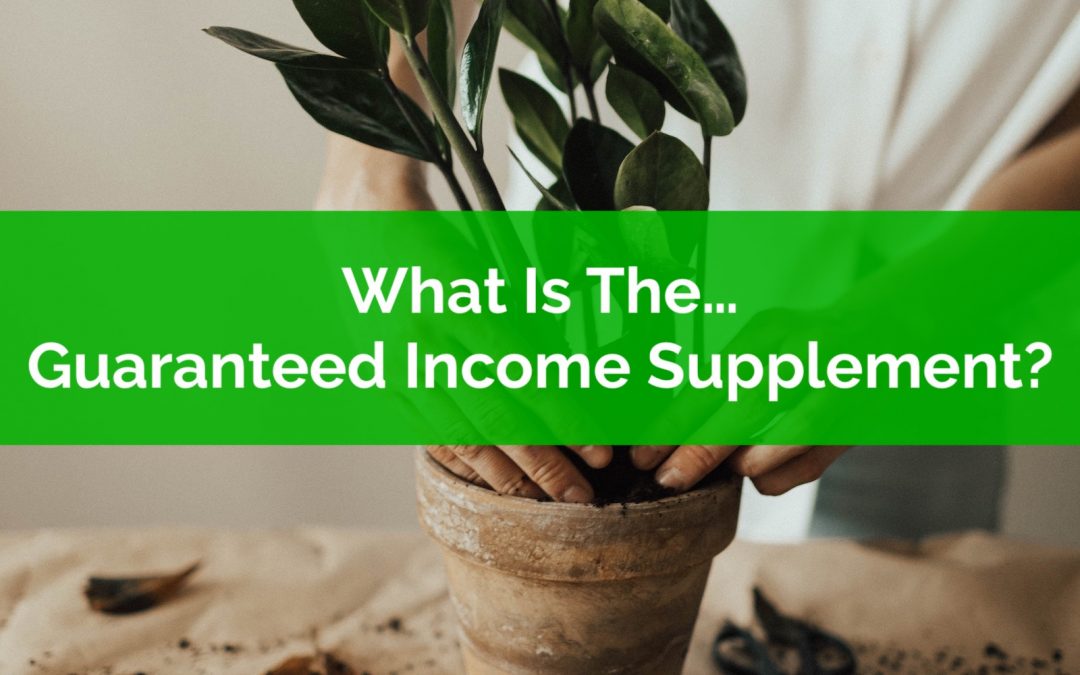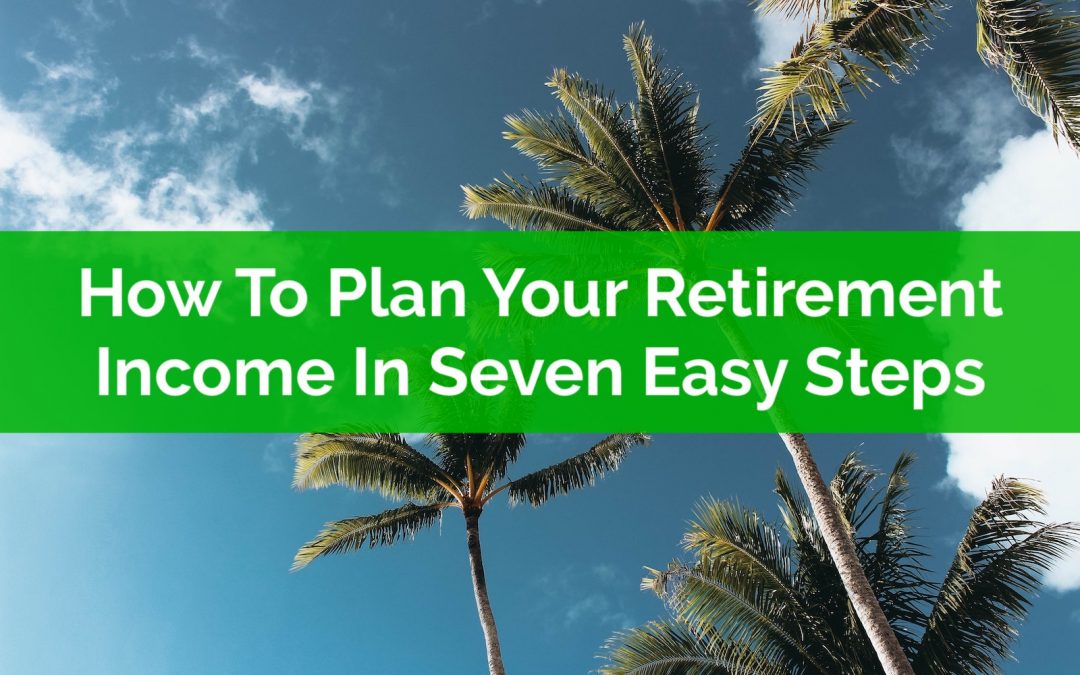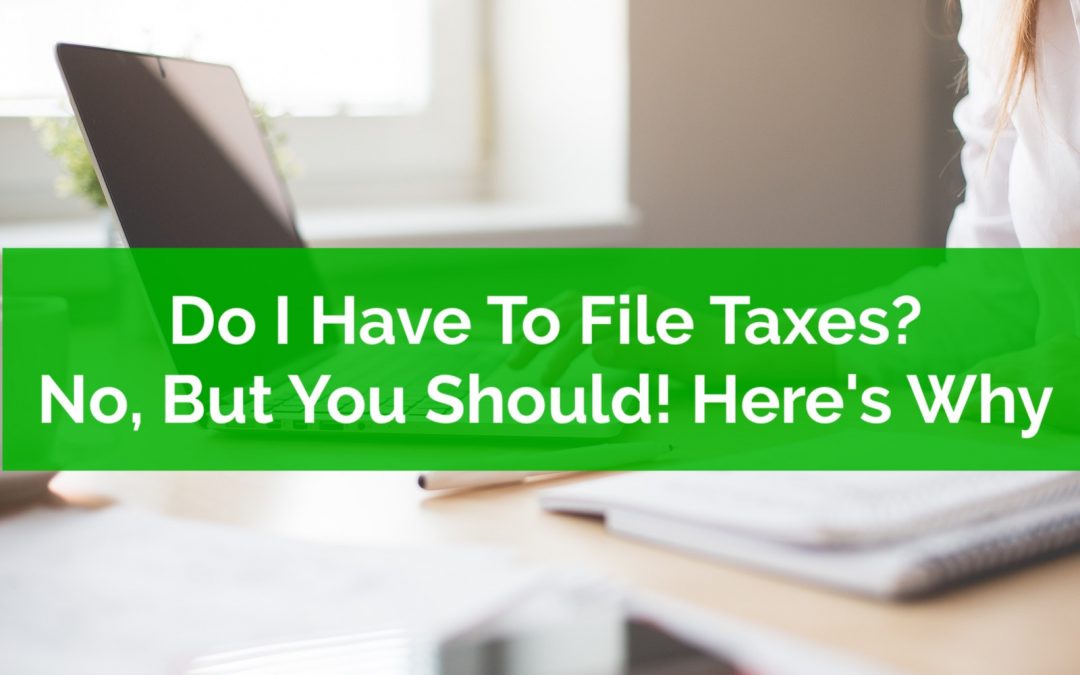
by Owen | Dec 20, 2020 | Retirement Planning, Tax Planning
RRSPs are one of the three major tax shelters available to Canadians. They were created in 1957 and since then RRSPs have been a key way to delay and avoid taxes. There are many benefits to an RRSP but also a few drawbacks.
In general Canadians aren’t taking full advantage of this tax shelter. As of 2015 there was over $1 trillion of unused contribution room. That’s an average of $41,560 per tax payer!
Each year the unused contribution room continues to grow. Over the last 5 years unused contribution room has grown by $1,900 per person per year.
This begs the question….
Why aren’t we using the RRSP to its full advantage?
Out of all tax payers only 1 in 4 used an RRSP last year. While this might seem low it’s important to note that RRSPs aren’t for everyone. There are drawbacks to using an RRSP and it’s because of these drawbacks that some people choose a different tax shelter instead, like a TFSA.
Still, there is a huge potential for tax savings out there. Even at the lowest federal tax rate the potential tax rebate is about $150 million or roughly $6,000 per person. Who wouldn’t like to get a $6,000 tax refund?!?
In this post we’ll cover how RRSPs work. We’ll also cover both the benefits and drawbacks of an RRSP.

by Owen | Aug 3, 2020 | Financial Planning, Government Programs, Income, Retirement Planning, Tax Planning
The Guaranteed Income Supplement is a government benefit program focused on low-income retirees. It is based on income and is available to low-income Old Age Security (OAS) recipients. It is a non-taxable benefit meant to protect seniors from low levels of retirement income.
The GIS benefit provides income support to over 2.1 million retirees. It provides support to nearly 1 in 3 seniors in Canada. In a given year the Guaranteed Income Supplement will provide over $13 billion in benefits!
GIS is one of the most generous benefits in Canada and because of this it also comes with some extremely high “clawback” rates. GIS benefits get reduced as household income increases. This reduction is called a “clawback” rate because it “claws back” benefits from higher income households. At a certain income level, depending on the household situation, all benefits will be clawed back.
This “clawback” rate is important because it can reach 50% to 75%. This makes low-income retirement planning an important consideration. Not all income triggers the GIS clawback so it’s important to understand where retirement income is coming from and how GIS will be affected. With the average GIS recipient only receiving 54% of the maximum these clawbacks have a big impact.
In this post we’ll review what the Guaranteed Income Supplement is, how it works, how much you could receive, and how the GIS “clawback” works. We’ll also cover some common types of retirement income and how they can affect GIS benefits.

by Owen | Jun 15, 2020 | Financial Planning, Government Programs, Investment Planning, Retirement Planning, Tax Planning
What are OAS clawbacks? How can you avoid them? How impactful are OAS clawbacks in retirement?
The typical retiree will receive an OAS benefit of $7,362 per year (in 2020) and over the course of a 30-year retirement would receive payments of $220,860 (in today’s dollars). That is a significant amount of retirement income!
OAS clawbacks can reduce this income all the way to zero. OAS clawbacks are 15% of net income, so they can have a big influence on a retirement plan. Experiencing full OAS clawbacks would mean that a retiree needs to make up this income on their own through extra investment assets. This may require hundreds of thousands in extra investment assets.
Avoiding OAS clawbacks is an important part of retirement planning. We’d like to avoid these clawbacks if possible. Through various strategies we can reduce or eliminate these clawbacks in retirement. This can be very beneficial to a retiree.
There are a few strategies that can help retirees avoid OAS clawbacks. Which strategy makes sense will depend on the retirees sources of income and their financial assets. In this post we’ve got 7 strategies to consider if you want to avoid OAS clawbacks in retirement.
But first, what is an OAS clawback?

by Owen | Jun 1, 2020 | Financial Planning, Government Programs, Income, Retirement Planning, Tax Planning
Planning retirement income is one of the most challenging aspects of a retirement plan. There are often multiple income sources of income to plan for, as many as 5+ for individuals, and as many as 10+ for couples. These income sources also “phase in” at different times throughout retirement.
Here are some of the most common sources of retirement income…
1. Government pensions like…
– CPP (Canada Pension Plan)
– OAS (Old Age Security)
2. Defined benefit pensions
3. Registered accounts like RRSP/RRIF
4. Locked-in registered accounts like LIRA/LIF (and Defined Contribution Pension Plans)
5. Government benefits like GIS
6. TFSA accounts
Understanding how much income to expect from each of these income sources can be a challenge. They may start at different times in retirement, they may also increase with inflation or not.
On top of understanding how much income these different sources may provide it’s also important to understand how they’re taxed. Some of these income sources are taxed differently. Some are also eligible for income splitting at different points in retirement. This income splitting is a distinct tax advantage for couples and shouldn’t be ignored.
In this post we’re going to look at the seven most common sources of retirement income and some of the planning considerations to keep in mind when planning your retirement income.
Warning: Because of the complexity when planning retirement income it’s impossible to fully highlight all the nuances for each of these sources of retirement income in one post. If you feel uncomfortable planning your retirement income then please speak with a professional (ideally an advice-only financial planner) about building a custom retirement plan. Understanding the phasing of retirement income sources, the tax implications, and the possible government clawbacks on benefits like GIS is well worth the money.

by Owen | May 4, 2020 | Retirement Planning, Tax Planning
What is a pension adjustment? What is a pension adjusted reversal? If you’ve recently done your taxes or received your notice of assessment you may be wondering what these terms mean. You may have noticed large amounts of money being attributed to these items. You also may have noticed that they affect your available RRSP contribution room.
Anyone with a registered pension plan (RPP) or deferred profit sharing plan (DPSP) will notice that they’re receiving a pension adjustment.
The purpose of the pension adjustment is simple, it’s meant to equalize registered assets between those with employer sponsored pensions and those without. It reduces RRSP contribution room for those who receive (or will receive) benefits from a pension plan or deferred profit sharing plan.
The maximum anyone can put into their RRSP is 18% of previous years earned income up to the annual max. The pension adjustment reduces this new RRSP contribution room, sometimes to nearly nothing, in an attempt to make things more fair. The idea is that the maximum that can be put into registered savings (either pension, DPSP or RRSP) should be fair for everyone.
To do this effectively we need the pension adjustment (PA) and when people leave a pension or deferred profit sharing plan we need a pension adjustment reversal (PAR) (more on that later).

by Owen | Feb 24, 2020 | Tax Planning
Do you have to file taxes each year? Technically no, if you meet certain criteria, but you probably should anyway.
Filing taxes doesn’t have to be difficult. There are many great tools and resources that can help make filing taxes easy. But the longer you put it off the more difficult it will become. So even if you don’t need to file it’s a good idea to do it every year.
Technically the government doesn’t force you to file taxes unless you meet certain criteria. If the government owes you money in the form of a tax refund then they’re happy to hold onto that money for you indefinitely. As you’ll see below, there are certain criteria that the government looks at when determining if you need to file a tax return or not.
But even though you may not NEED to file a tax return you probably should. There are many good reasons to file your tax return each year.
Not filing a tax return may mean that you’re leaving money on the table, not just in the form of a tax refund but also the potential government benefits that you may be eligible for.
Page 8 of 11«...678910...»






